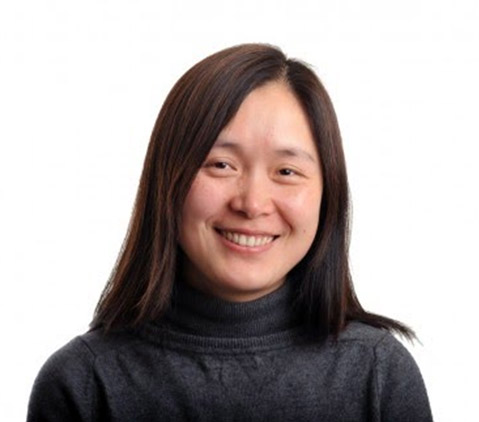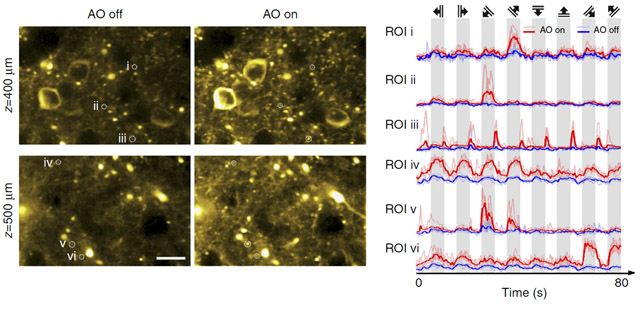报告题目:Wavefront Shaping for in vivo Brain Imaging
报 告 人: Na Ji
报告时间:2016年3月15日(星期二)下午3:00
报告地点:生物物理所9501会议室
主 持 人:徐涛研究员
报告人简介及报告内容摘要:

Ji Lab develops optical methods for in vivo imaging and apply these methods to structural and functional studies of neural circuits.
Abstract
There are about the same number of stars in our galaxy as there are neurons in our brain. To study stars and neurons using optical imaging, we face similar challenges of image degradation by aberrations and scattering. Adaptive optics, a form of wavefront shaping, has revolutionized astronomy by allowing ground-based telescopes to obtain high-resolution images of stars through Earth's turbulent atmosphere. Applying wavefront shaping to brain imaging is similarly beneficial. In this talk, I will discuss our development of wavefront shaping techniques that achieve sharper, deeper, and faster imaging of the mouse brain in vivo. These methods have helped us delineate the progression of neural responses to visual inputs of different orientations and directions as information flows through the mouse primary visual cortex. I will also discuss recent advances on endomicroscopic techniques that allow us to image deeply buried nuclei that are beyond the image depth limit imposed by scattering in the brain.
Na Ji’s Biography
Na Ji is a Group Leader at the Janelia Research Campus of Howard Hughes Medical Institute in Ashburn, Virginia. She studied chemistry and physics as an undergraduate in University of Science and Technology of China and later a graduate student at University of California Berkeley. Attracted to the problems of the brain, she moved to Janelia and worked with Eric Betzig on improving the resolution of in vivo brain imaging. She started her own group here in 2011, where, in addition to imaging technology development, her lab also apply the resulting techniques to outstanding problems in neurobiology.
